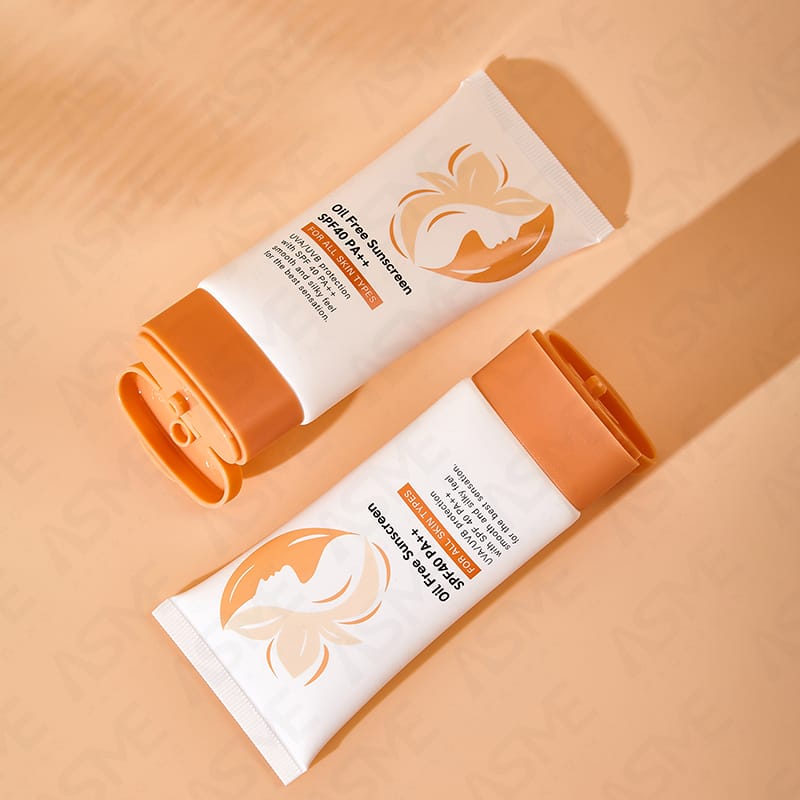Menu
Menu
Menu

In recent years, environmental sustainability has become a top priority for industries worldwide. One of the key strategies employed to enhance sustainability is the implementation of Extended Producer Responsibility (EPR) laws. These regulations hold manufacturers accountable for the entire lifecycle of their products, including end-of-life management. At ASME Packaging Co., Ltd, we recognize the importance of these laws in promoting eco-friendly practices, particularly in the recycling of tubes.
Extended Producer Responsibility (EPR) is a policy approach that shifts the responsibility of waste management from consumers and municipalities to producers. The primary goal is to encourage manufacturers to design products that are easier to recycle and dispose of responsibly. For ASME, this means implementing sustainable practices in the production and disposal of packaging tubes.
Tube recycling under EPR laws involves several steps, including collection, sorting, cleaning, and reprocessing. ASME is committed to integrating these processes into our operations, ensuring that our products contribute to a circular economy. By adopting EPR principles, we aim to minimize environmental impact and promote resource conservation.
At ASME, we understand the critical role packaging plays in the consumer goods industry. Our mission is to provide innovative solutions that align with EPR laws and support sustainable development. This involves using recyclable materials, optimizing packaging design, and collaborating with stakeholders to improve recycling infrastructure.
One of our key initiatives is the development of eco-friendly tubes made from biodegradable materials. These tubes not only meet regulatory requirements but also cater to the growing demand for sustainable packaging. By investing in research and development, ASME is leading the way in creating products that are both functional and environmentally responsible.
While EPR laws offer numerous benefits, they also present challenges for manufacturers. For instance, the complexity of recycling certain materials can hinder progress. However, these challenges also present opportunities for innovation and collaboration. At ASME, we are committed to overcoming these obstacles by investing in advanced recycling technologies and partnering with industry leaders.
One of the major challenges in tube recycling is the separation of different materials. Many tubes are made from multi-layered materials that require specialized processing techniques. To address this, ASME is exploring new methods for efficient material separation and recycling. By staying at the forefront of technological advancements, we aim to enhance the recyclability of our products and reduce waste.

Extended Producer Responsibility is a cornerstone of the circular economy, a model that emphasizes resource efficiency and waste reduction. By adopting EPR principles, companies like ASME can contribute to a more sustainable future. This involves designing products with end-of-life management in mind, reducing reliance on virgin materials, and fostering a culture of reuse and recycling.
At ASME, we believe that EPR laws are essential for driving systemic change in the packaging industry. By aligning our operations with these regulations, we are not only complying with legal requirements but also supporting global efforts to combat environmental challenges. Our commitment to sustainability extends beyond compliance; it is an integral part of our corporate values and business strategy.
The implementation of EPR laws has spurred significant advancements in packaging innovation. Companies are increasingly investing in research and development to create products that meet regulatory standards and consumer expectations. For ASME, this means exploring new materials, designs, and technologies to enhance the sustainability of our packaging solutions.
One of the emerging trends in the industry is the use of bio-based materials. These materials offer a renewable alternative to traditional plastics, reducing the environmental footprint of packaging. ASME is actively researching the potential of bio-based materials for tube production, aiming to offer eco-friendly options to our clients.
Another area of innovation is smart packaging, which incorporates digital technologies to improve product tracking and recycling. By integrating sensors and QR codes, ASME is developing packaging solutions that provide consumers with information on recycling and disposal. This not only enhances consumer engagement but also supports the efficient recovery of materials.
As a leader in the packaging industry, ASME Packaging Co., Ltd is committed to advancing sustainability through the adoption of EPR laws. By prioritizing eco-friendly practices and investing in innovation, we aim to set a benchmark for responsible production and consumption. Our vision is to create a future where packaging contributes to a healthier planet and a thriving circular economy.
In conclusion, EPR laws offer a framework for companies to enhance their environmental performance and drive positive change. At ASME, we are dedicated to leveraging these regulations to improve our products and processes, ultimately contributing to a more sustainable world. Through collaboration, innovation, and a steadfast commitment to sustainability, we are paving the way for a greener tomorrow.
Tags:cosmetic tube packaging supplier,eco-friendly packaging factory